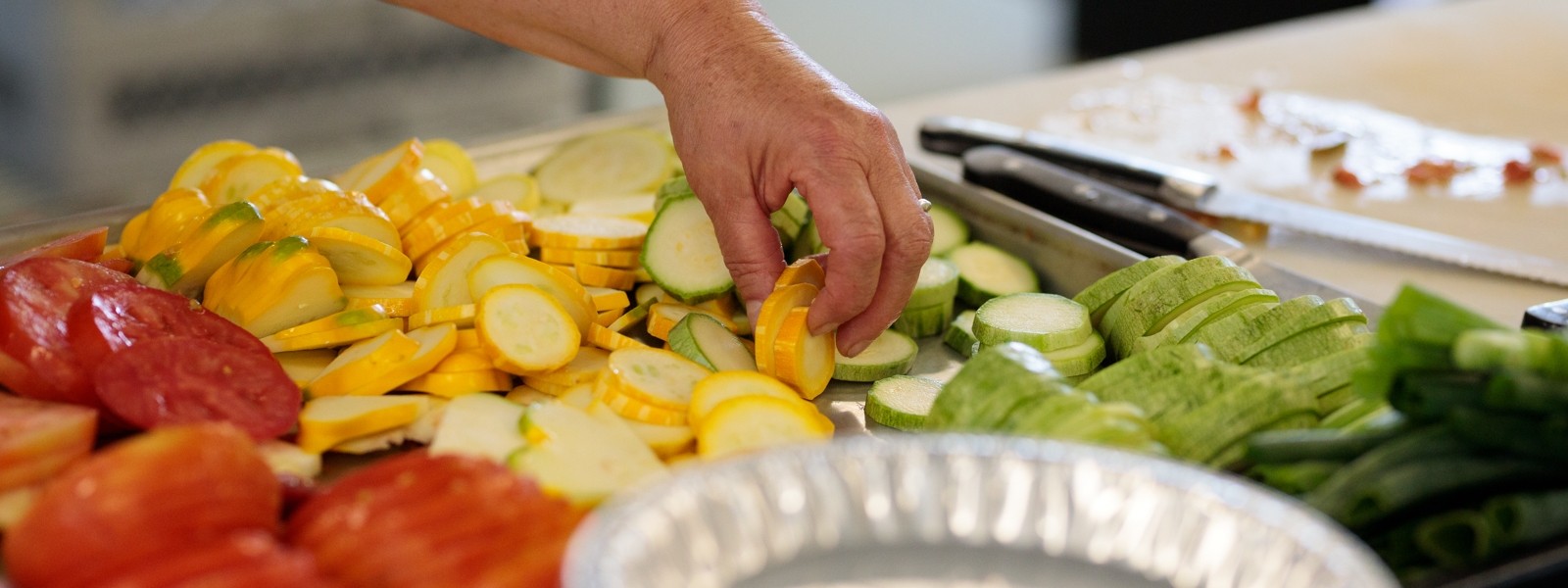Carrots, Beets, Parsnips, and Similar Roots: Storage Tips
Root vegetables store best in the refrigerator. Here are some more tips for keeping them longer.
Storage Conditions
A dark place that is 38-42 degrees Fahrenheit and 90 percent humidity is perfect. Common places that work well are a basement (away from the furnace), garage, root cellar, or a dark and cool closet or kitchen cupboard close to the floor. The refrigerator drawer is the perfect environment for roots. Keep them in a plastic bag to retain moisture.
How to Pack Them
Do not try to store roots that are nicked, sliced, or bruised. Eat those first. Packed two layers deep in clean sand or sawdust can work great but makes for dirty or gritty roots that will need scrubbing. Packed one layer deep bare in a clean wooden or waxed cardboard bin also works well but you’ll have to cull often and possibly add some moisture as time goes on. Most roots also store well for long periods in the refrigerator in plastic bags.
While in Storage
Check/cull storage roots often, removing any rotting roots and using up any that begin to show signs of softness or bruising.
How Long They Last
Usually roots stored with enough moisture, at an even temperature, and are culled often, will last through January. They are still good to eat, for mashing or in soups, if they are soft. Once they turn soft AND start growing, compost them. The leaves that grow on your turnips, carrots, beets, rutabaga are edible! Cut them often to keep the root firm.
Other Tips
Try to keep the storage temperature even, fluctuating temperatures will encourage rotting and/or sprouting.
A Note on Storing Food
Storing food in small amounts is easy, but in larger quantities it can be tricky in our increasingly energy efficient homes. Small amounts of things that like it moist like greens, roots, and tubers can be stored in the refrigerator, and things that like it drier like onions, garlic, and winter squash can be stored on the counter top.
When trying to determine the right place in your home to store a box or boxes of produce, a good place to start is by monitoring temperatures in your home. Get a bunch of thermometers and place them in closets, hallways, and the places that are generally dark and have mostly even temperatures. Chart those temperatures through a winter before you get too serious about storing food.
Learn about storing greens, potatoes, carrots, beets, parsnips, and similar roots, onions and garlic, and winter squash.

